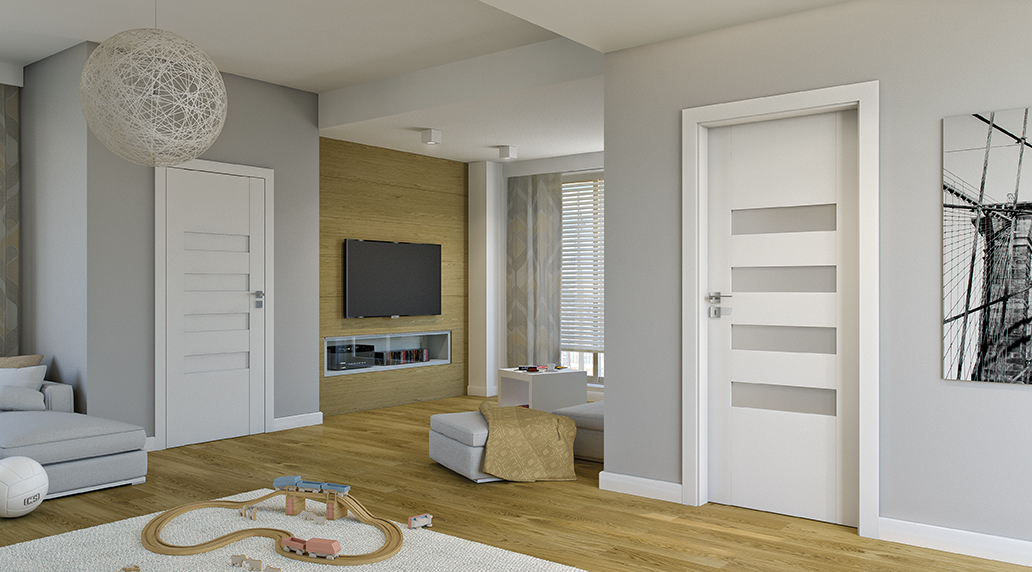Opening the door – out or in?
Before you know how to tell left and right doors apart, you need to decide whether they open outwards or inwards. Which option you decide on usually depends on whether it is an interior door or an entrance door. However, regardless of what the experts recommend, it is up to you which solution you choose.
Opening interior doors
Interior doors usually open inwards – that is, into the room. This is because there is almost always limited space in the hallway. Instead of reducing it by opening the door into it, you can increase it by opening the door inwards.
However, this doesn’t apply when rooms are too small and the door might take up needed space. A better alternative is therefore to open outwards – into the corridor.
Opening the front door
External doors tend to open inwards. This is because if the door were to open outwards, the hinge mechanism would be located on the outside of the house, which is not ideal. Any hinges located on the outside pose a major security risk. Burglars could easily remove not only the hinges but also the locked door and get inside.
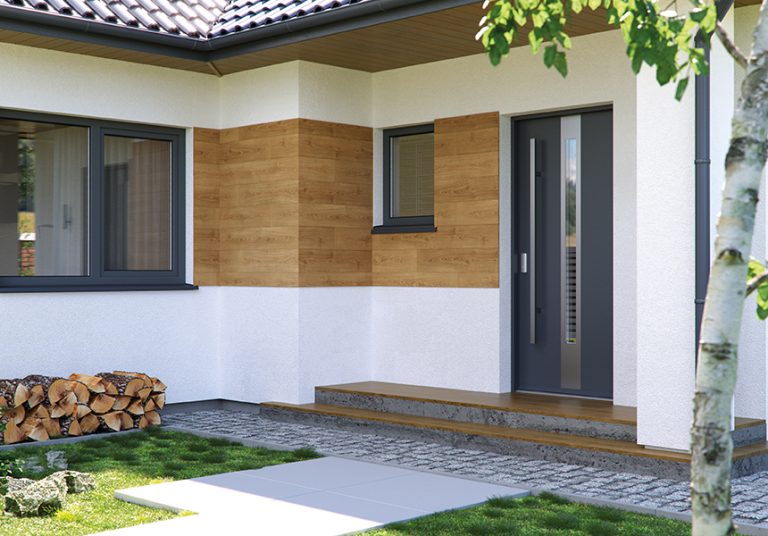
Another reason why the front door usually opens inwards is the weather. Models opening outwards could catch the wind and break off. Plus, in the event of an object being outside, such as snow, you could have trouble opening it yourself
The only exception when outward opening is necessary is when it comes to doors on public buildings. If there is some sort of collision, such as a fire, people will get out much faster.
Tip: You can open the door to your balcony or patio both outwards and inwards. In this case, keep an eye on the layout and see if there will be too little space on the balcony if you open the door outwards.
Determining the side for a single-leaf door
However, let’s find out if you have a left or right-hand door. The process of determining the side is easy:
- If the door opens into the room, stand inside and so that you are facing the door hinges
- If the hinges are on the right side, it is a right-hand door. When the hinges are on the left side, it is the left door.
- If the door opens outwards from the room, stand in the corridor or other room and face the hinges.
- The same applies in this situation. If the hinges are on the right side, it is a right-hand door. When the hinges are on the left side, it’s the left door.
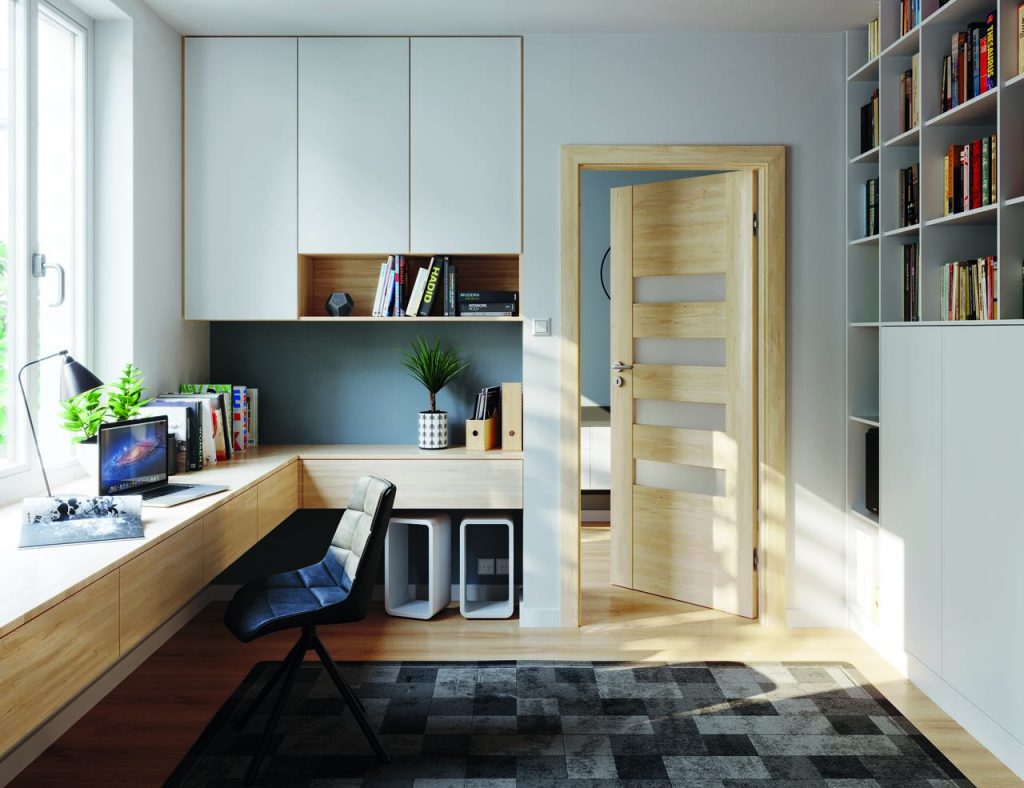
Party designation for single leaf sliding doors
Do you own a sliding door? Again, you can determine whether it is left or right-handed:
- Stand in front of the door so that you have the track on which the door slides in front of you.
- If the sliding door opens to the right, it is a right-hand door. If it opens to the left, it is the left.
Figuring out whether you have a left or right door is not difficult at all. However, it is an important detail that you need to know before you buy.
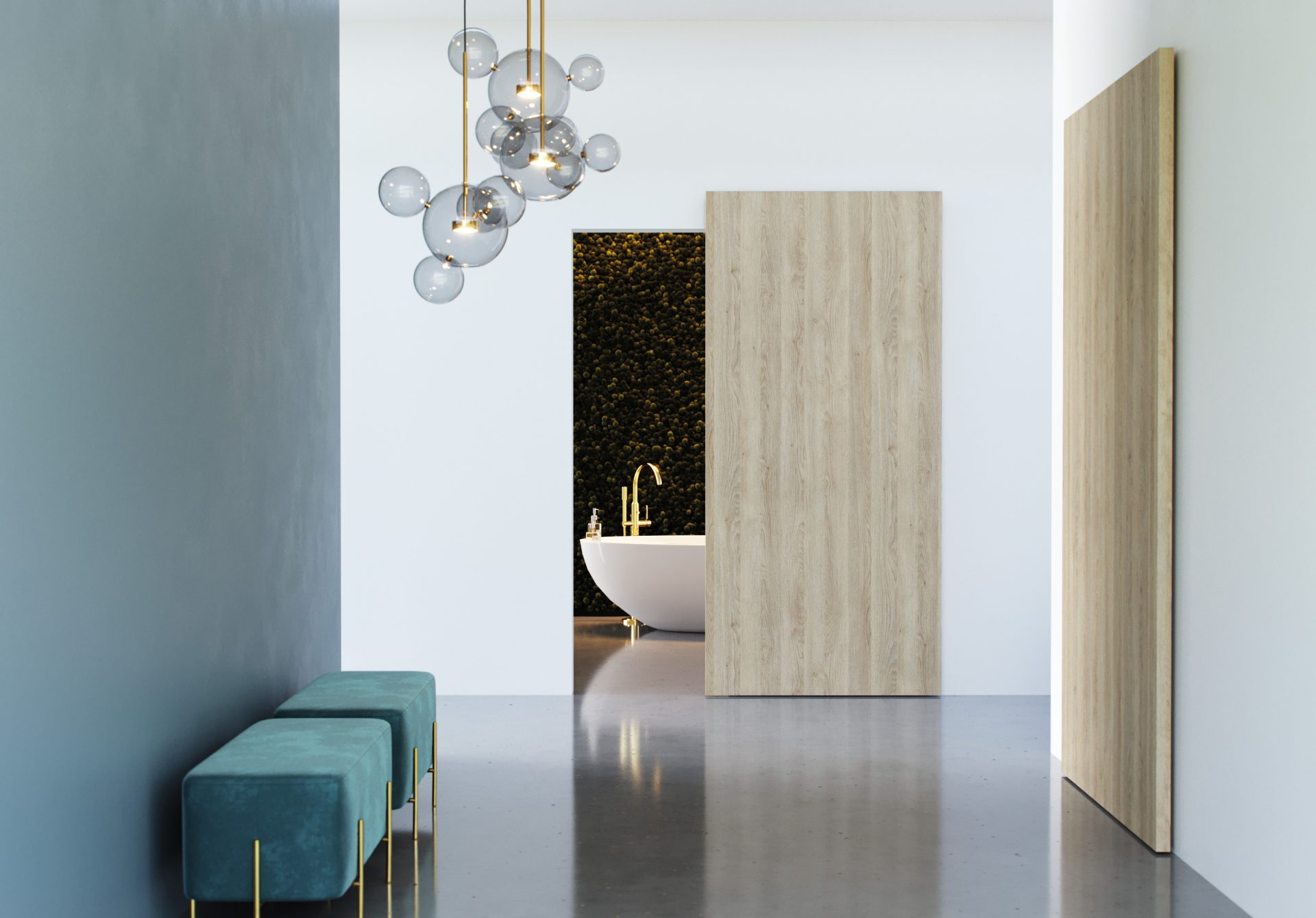
Door opening – ergonomics and aesthetics
Did you know that the ergonomics and aesthetics of a room also depend on whether you choose the right or left door?
Let’s start with ergonomics. Doors should create privacy, peace and quiet in a room. They should also fit in and not get in the way. Once you open the door, it must not get in the way when you walk through and turn the light off or on. The door leaf cannot cover a window, mirror or furniture.
The direction of the door opening is determined by the door frame, so it is difficult to change it afterwards. You can do this when renovating your house, apartment or individual rooms. However, you must take into account that structural intervention is required. So if you are building, you should take a good look at the design of the house and use it as a basis to think about the direction of opening the entrance or interior doors. When a professional company is working on the house, discuss this detail with the experts.
As part of comfort and use, do not forget about the appropriate placement of handles. These should be located on the right side, which will make it easier to open the door, especially for right-handed people. The left side is rarely used for handle placement.
When focusing on aesthetics, consider the layout of the room and how it will look when the door opens to the right or left side. Also think about the fact that if there is an opposing wall nearby, for example, the door will not be able to open fully. Even the handle may bump into it, which would be a problem especially if you have smaller children. They’re not careful and the door could ruin the plaster.
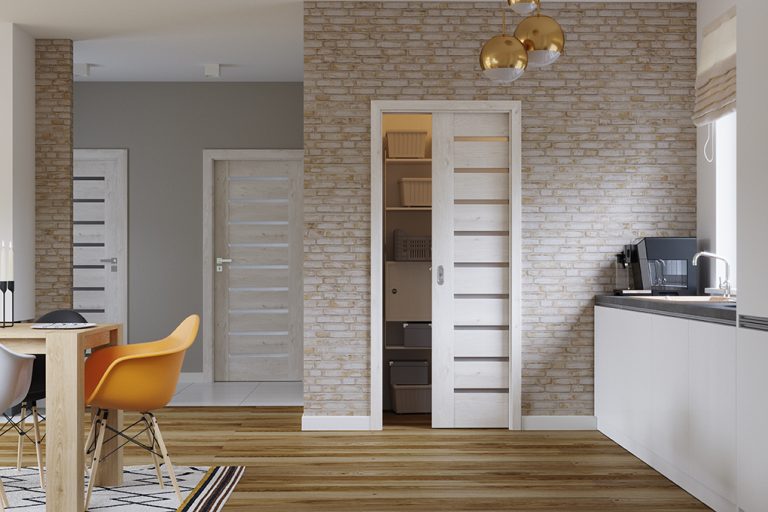
Tip: Sliding doors are the solution to the problem of opening doors outwards or inwards, or to the right or left side. These do not interfere with the space and you can choose from two types – sliding doors in the housing and sliding doors on the wall. The casing model can disappear completely when opened and does not affect the appearance of the room.
Reverse door – opening in the opposite direction
When choosing a door and how to open it, you will also come across the term reverse door. This type is a door that can be opened in the opposite direction, i.e. into the door frame. They are excellent for narrow corridors where other doors might get in the way. Plus, they provide a stylish design that will complement and beautify the interior.

Don’t forget the door frames
In addition to the door itself, you will also need door frames. You should choose them together with the door or before it. Door frames can be steel, trim or metal. Consequently, you will also come across so-called hidden door frames. These are a relatively new and very elegant solution for modern homes.
A concealed door frame is plastered into the lining, causing the door to follow the wall. When looking at the result, you only notice the door. Nothing else.

The main advantage of concealed door frames is their minimalist appearance and the fact that they allow only the door to stand out. So feel free to invest in a nice model that everyone will notice when they enter the room.


